Genetics and bodybuilding
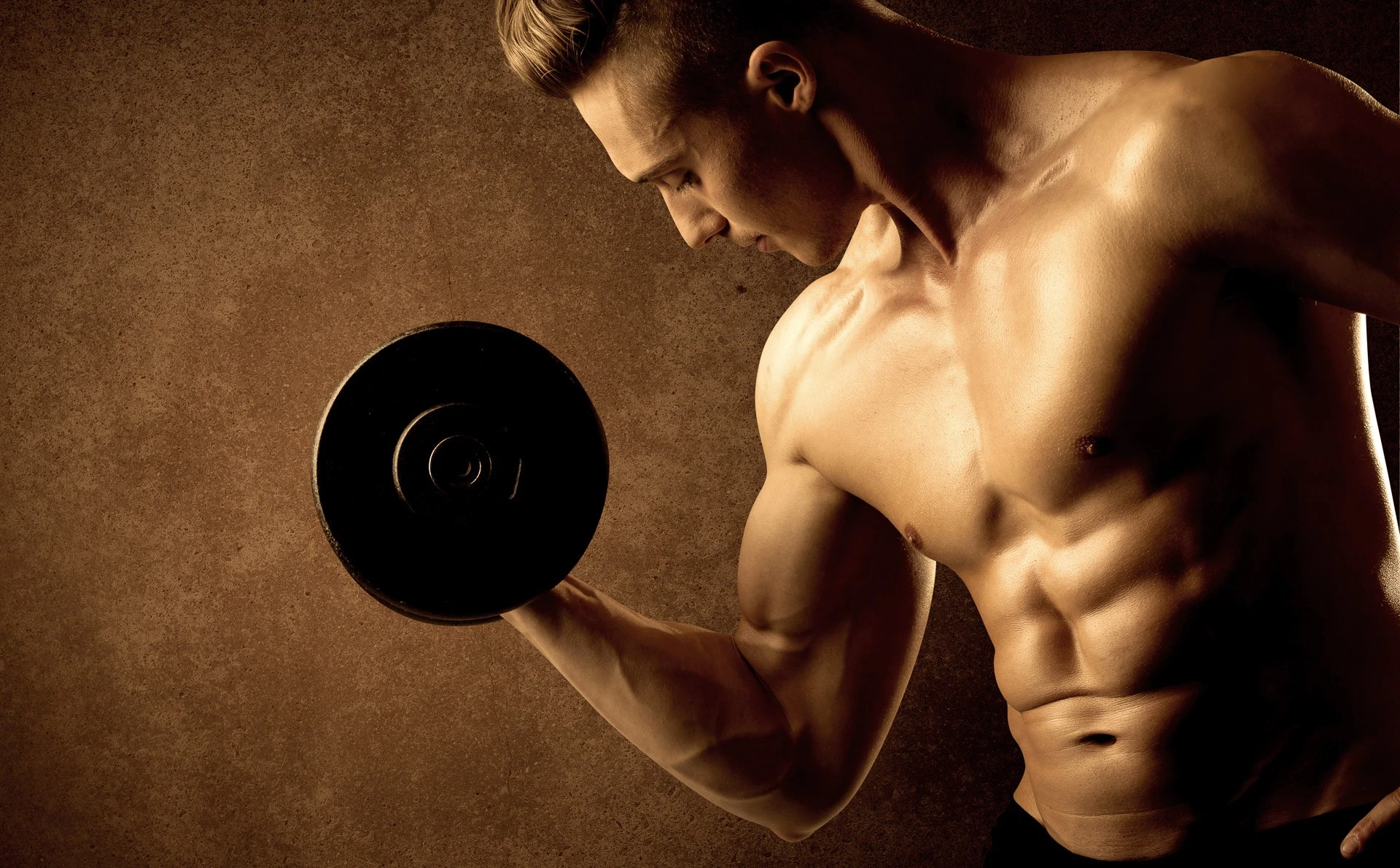
This information will help you determine your genetics (good or bad). So that you already at the planning stage know all your pros and cons when doing bodybuilding.
A genetics predisposition to a particular sport is often a determining factor in becoming a champion in the professional arena.
In this article, you will learn how to distinguish a genetically gifted bodybuilder from an amateur, who has not been given bonuses by nature for the rapid development of a powerful bodybuilder.
As a child, they probably noticed that one person is physically well developed, strong, from birth, at the same time, the other is weak, thin, with thin bones, with minimal muscle mass. And who do you think will achieve more success in bodybuilding with the same training and nutrition? Of course the second. This is the so-called genetic predisposition to bodybuilding. When the body type is a person, the structure and attachment of muscles is favorable for exercising with iron.
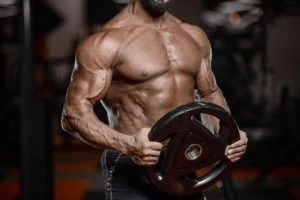
Let's define the decisive genetics factors that directly affect the success in bodybuilding:
- Body type
- Muscle attachment point
- The neuromuscular connection
- Muscle abdomen length
- Type and number of muscle fibers
- The body's response to anabolic steroids
- Character (personality traits)
Now let's go over each factor in more detail.
Body types (somatotypes) of people
Each of us has our own body type, which directly affects the amount of subcutaneous fat and muscle, strength and structure of bones.
In order to determine your somatotype, you need to measure the girth of your wrist. As a rule, if the measurements show from 15 to 17.5 cm, then we can say that you have a fragile and thin bone. If from 17.5 to 20 cm, then you are the owners of an average bone foundation. Well, if your wrist circumference is more than 20 cm, congratulations, you have a powerful and strong bone structure.
Also, in order to navigate with your body type, measuring the ankle sometimes helps. Of course, there are exceptions, in the direction of reduction, that is, with an equal size of the ankle with the wrist. In this case, we can say that the strength of the top and bottom is the same. So in the direction of increase (by 10-12 cm). In this case, the strength of the lower body is far superior to that of the upper body.
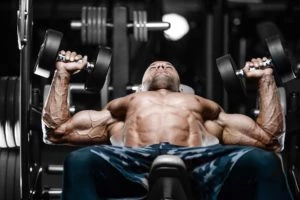
Somatotypes
Depending on his nutritional system, training and recovery program, an athlete can change his body beyond recognition. However, for someone it will be easy and not forced, but for someone it will be very, very difficult. That is why it is customary to distinguish all people into the following body types:
- Mesomorph (muscular)
- Endomorph (plump)
- Ectomorph (thin)
It is important to understand that by canceling proper nutrition, recovery and regular exercise, you will come to where you started. Most of all, in this case, endomorphs will get. After all, they need to strictly, strictly adhere to a sports lifestyle. This must be done to maintain your figure at a high, athletic level.
Also, I would like to draw your attention to the following factors that relate to each specific body type.
Metabolism
People with a slow metabolism, as a rule, are fat, have a lot of excess weight. At the same time, fast digestion contributes to weight loss - it will be difficult for people to gain muscle mass.
Someone can eat a lot and not get fat, due to a rapid metabolism. And someone can eat an extra bun, cake and immediately get fat. In addition, athletes assimilate substances useful for muscle growth in different ways, proteins, fats, carbohydrates, vitamins and minerals.

Load response
We respond to training programs in different ways. It is enough for someone to do the bench press 2 times so that the chest grows by leaps and bounds. And someone will not get the result even with a 5-day training of the pectoral muscles.
Everything is individual, much depends on the restorative abilities of the body, the fitness of the athlete. However, beginners and experienced athletes should not be confused. For the former, everything is very simple. The body will grow up to a certain point on a universal program. Since the hidden capabilities of a beginner are still very far from the limit of human capabilities.
Bone strength
At a certain training stage, your strength results can reach their climax. The apogee, which will be determined by the strength of your ligaments, cartilage, tendons, and bones. The main thing here is not to "break" and stop in time.
As the legendary Ronnie Coleman said, if you want huge muscles, then work with large weights for a large number of repetitions. And as you understand, the more weight will be on the bar and the more repetitions you can do, the more your muscles will be.
Muscle attachment point
Muscle strength, if we take into account the genetics inclinations of a person, will depend directly on the points of its attachment.
Because the muscle attaches to two different bones, it can move.
The beginning of the muscle, in all people, as a rule, is always located in the same place. But with the point of attachment of the muscle to the bone, not everything is so simple.
Attachment point - the place where the muscle group attaches to the most mobile bone. Moreover, the further the attachment point is from the joint, the more the athlete will be able to show muscle effort.

For clarity, let's look at biceps. One end of it starts in the same way for everyone, near the shoulder. The other end, that is, where it is attached, ends at the forearm, since it is more mobile in relation to the humerus. Thanks to this connection with the bones, when the biceps contracts, movement occurs (the forearm is pulled up to the shoulder). Accordingly, people who by nature have a biceps attachment point as low as possible on the forearm will naturally have great strength indicators for any biceps curls.
Genetically gifted athletes for strength sports always have muscle attachment points that are offset from the joints. In other words, if you take two athletes with arms of the same length and triceps of the same size, then the athlete will show more muscle effort, whose triceps attachment point is displaced further from the joint.
Even the slightest displacement of the muscle attachment points will bring significant superiority over an athlete whose points are located close to the joints.
Neuromuscular efficiency
Neuromuscular efficiency will depend on how much muscle fibers are used. It shows how productively muscles respond to signals from the nervous system.
The more muscle fibers participate in the work, the more efficiently the exercise is performed. That is why naturally athletes with high neuromuscular efficiency train much more productively in the gym. At the same time, they show, under equal conditions, higher power indicators.
Muscle abdomen length
The muscles are attached to the bones with tendons. Cutting off the tendon leaves a fleshy muscle tissue called the abdomen.
The cross-sectional area of the abdomen with the help of training can be increased significantly. Unfortunately, there is no length. It is the last criterion for the characteristics of the abdomen that allows us to tell us how much the maximum size of the muscles can be increased.
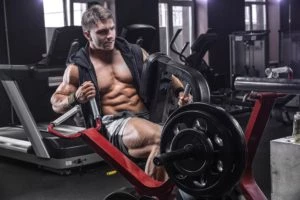
The longer the abdomen of the muscle, the more chances an athlete has to build quality muscle mass. Both in volume and in muscle thickness.
People who naturally have short abdomens will lag significantly behind the limit of maximum muscle development. A striking example of this is the gastrocnemius muscle lagging behind in development in many people.
No matter how much the athlete trains her, he will not change the maximum calf size laid down by genetics. This is why many bodybuilders, in the professional bodybuilding arena, resort to muscle implantation. Or they resort to banal synthol to give a pronounced peak, a tubercle of the lower leg or other lagging muscle groups.
Type and number of muscle fibers
Depending on the number of certain muscle fibers, already at the initial stage of maturation of a young athlete, it is possible to determine his genetics superiority in a particular sport.
People who have more white (fast) muscle fibers in their body are initially lucky. It will be much easier and faster for them to build muscle mass. In turn, the predominance of slow (red) muscle fibers gives the athlete superior endurance work. Moreover, the ratio of red and white muscle fibers is given to us from birth.
Pronounced mesomorphs have a large number of white fibers that are responsible for muscle hypertrophy and strength. A typical ectomorph, with a training experience of 1-2 years, will look the same as a beginner mesomorph. But as soon as he begins to regularly train in the gym, others will see his genetics superiority.
The body's response to steroids (pharmacology)
Steroids act differently on a person, this is a fact. For example, for some athletes a small dose of the same methane is enough to feel the effect of using this anabolic. For someone, even a large dosage will not give anything. It all depends on the presence of free receptors in muscle cells. They can bind to a steroid molecule to form a steroid-receptor complex. So it turns out, someone has more free receptors in the muscles, someone has less. Someone's body responds better to steroids, someone worse.
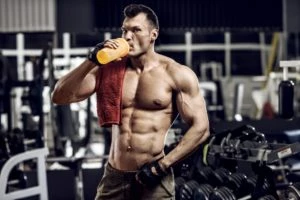
Person's character
The ability to endure muscle pain, burning sensation in muscles for a long time, to engage in daily work on oneself, on one's diet. All this distinguishes a champion from a non-champion. Distinguishes between people who will achieve success in bodybuilding, and who never will.
Perseverance, focus on results, to some extent fanaticism towards your favorite activity, bodybuilding, these are the individual qualities of a person that are able to work wonders. They are able to smash all genetics to dust. They can change the body beyond recognition. You will help to get around the resulting genetically gifted athlete.
Conclusion
Summing up, we can say with confidence that genetics is, undoubtedly, a very important and determining factor for success in bodybuilding. But without the proper approach to bodybuilding, the right training, nutrition, recovery, incredible perseverance, faith in success, it turns to dust. Hence, there are so many people, seemingly gifted, talented, and at the same time not realizing their gift, their advantage. And there are so many, selfless people who believe in their success, people with weak genetics, but who have achieved very great results in bodybuilding.
And so it will always be. Be more persistent, more patient. And in the end, your work in the gym will be rewarded.

Great advice to amateurs and experienced athletes
It's important to understand that no diet, exercise program, and miraculous recovery will ever make you a champion if your genetics are mediocre. In turn, you can change the body beyond recognition.
Unfortunately, in gyms, among athletes, experienced level, and ultimately among beginners, there is a perception that a hard approach to training and steroids can make him a champion. This is just a myth. Do not ruin your health for anabolic steroids. They won't make you a professional bodybuilder if you're out of luck with genetics.
Unique athletes with champion genetics like Lee Haney, Dorian Yates, Arnold Schwarzenegger are only 1% in the world. That is why at the Mr. Olympia competition, where the best of the best from all over the world come, you can contemplate gifted bodybuilders only among the first 10-15 places. And just imagine, this is all the top bodybuilders from all over the planet.